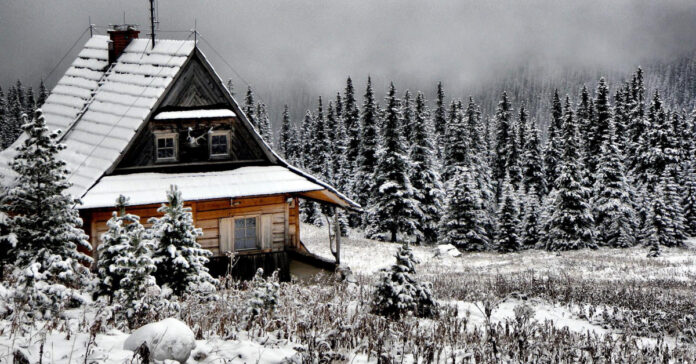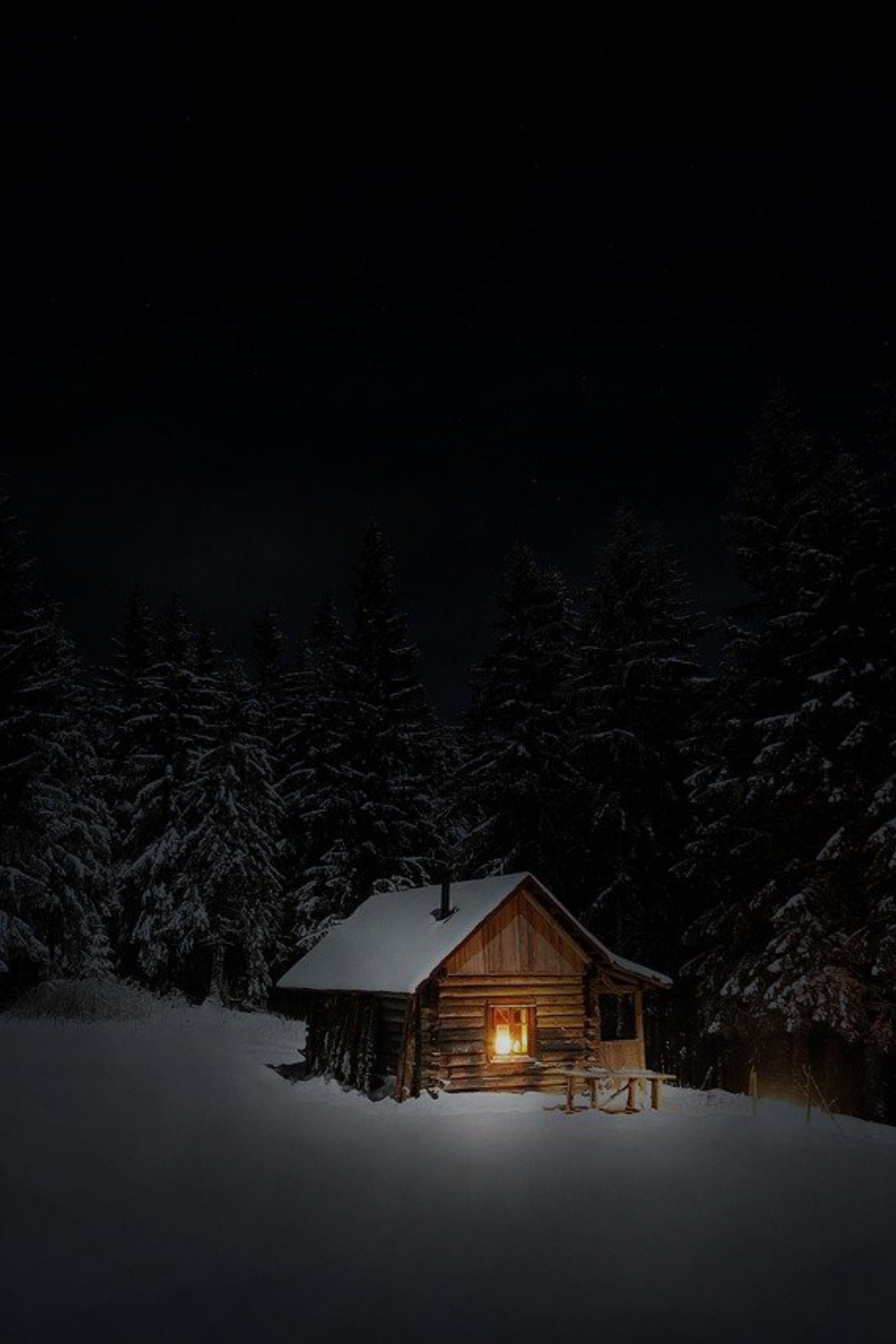
Germany is expecting a shortage of natural gas this winter and is considering rationing natural gas to prevent that from happening. Specifically, they may reduce the amount made available to business. A side effect of such a decision would be a recession, but that may be preferable to seeing their citizens freeze to death this winter. They won’t be alone. If you live in a European country that depends on oil and gas imports from Russia, buy a kerosene heater or a couple space heaters and pray they don’t ration electricity as well.
Here in America, we are also experiencing energy shortages and rising prices. It appears people are installing wood stoves, which is a good way to prepare for power outages. Northern Tool & Equipment, which usually has multiple stove models for sale, has only two stand-alone stoves advertised online, plus two fireplace inserts. I’ve heard anecdotally that wood stoves are hard to get. If your local dealers are sold out, look on Craigslist, eBay and local antique stores. As long as the cast iron is not cracked, some of those old stoves will work just fine, even if they don’t meet EPA standards.
If you have a woodstove or fireplace, buy your firewood this summer. Not only will this give you a few months for it to dry out, but you will have your supply secured. I expect many firewood producers to run out of firewood early this winter as people turn to firewood to save money compared to the high price of home heating oil and propane. Heating oil is closing in on $6 per gallon, making the cost to fill the average tank over $1,600.
Summer Blackouts may Become Winter Freezeouts
People are worried about rolling blackouts this summer because of the high heat, but I expect conditions will be worse in the winter. When the electric is out, your furnace stops, even if it burns natural gas or propane. Most furnaces have electric-powered air handlers that push the heated air throughout the house. Even an old-fashioned boiler stops because it requires electricity for ignition and possibly to pump hot water through radiators.
Most pellet stoves rely on electricity to feed new pellets into the firebox. Some fireplace inserts use fans to push hot air into the room. Both will fail during a power outage. If the outage is an hour, that’s not a big problem, but if it lasts eight hours, it is going to get cold inside. If it lasts a few days, you and your pipes could be in big trouble.
Homeowners should know how to turn off their water and drain their plumbing system to prevent frozen pipes due to a lengthy power outage.
As bad as blackouts may be for homeowners, the high prices will be worse because they will be constant. The United States is exporting so much natural gas to Europe, it’s driving domestic prices up. Government policies seeking to promote so-called green energy have reduced the investment in fossil fuels production and that has contributed to the shortage and higher prices. Despite the clear evidence that the U.S. needs fossil fuels, the Biden Administration has refused to change its stance, causing inflation and lasting economic harm to its citizens. All you can do is prepare.
Cold Country Tips
Remember, the time to prepare is before disaster strikes. If you live in a cold climate, take action to protect yourself from a gas or power outage. Here are a few tips. They can also help you save money by consuming less energy.
Close off Some Rooms
If you have rooms you don’t use, don’t bother heating them. For example, we rarely use our guest room in the winter, so we close it off and don’t bother heating it. If my wife is willing to work at the dining room table, we can close off not only her office, which is next to the guestroom, but that entire end of the house. That means more heat for the living areas.
Lower the Thermostat at Night
In the winter, we frequently sleep in the low 60s and on bitterly cold days the temperature sinks into the 50s. With a good down comforter, we are plenty warm. Sleeping with someone else, even a pet, will help keep you warm. If it is extremely cold, consider wearing a knit hat to bed.
If you don’t have a down comforter, layer your blankets. Put light covers with polyester batting or woven cotton above the top sheet, and then put a dense wool or other solid blanket on top. The spaces in the blankets closet to your skin will provide pockets of warm air, while the heavy blanket on top will keep the air trapped below and prevent cold air from entering.
If you dislike the feel of cold sheets, put an electric blanket on your bed under your bottom sheet. Turn it on 10 minutes before you get into bed. After you hop into your pre-warmed bed, you should turn it off. As long as you have enough covers, your body heat will keep the limited space around you warm. If you don’t have an electric blanket, you can put a heating pad down by your feet. In the old days, people would use metal bed warmers, which they would fill with hot coals from the fire. Since such bed warmers are rare these days, heat a couple bricks or large rocks by your stove of fireplace. Wrap them in an old towel and you have a temporary bed warmer. Just remove it before it grows cold.
If you are cold when you wake up, hop into a hot shower. This will warm you up. We do this when our master bathroom is in the low 50s and the steam helps warm up the chilly room.
Dress Warmly
I have three levels of thermals. My thickest ones are for sitting in a deer blind or tree stand or anything sedentary. Then I have thin ones, which are often made of silk or polypropylene, for use when doing strenuous activities. My all-around thermals are merino wool and I often wear them on the coldest days of winter. Inside or out, they keep me warm.
Avoid cotton thermals if you are doing anything that might cause you to perspire. The old waffle-knit cotton thermals might be OK for indoor use, but we avoid them because when it gets damp, cotton will chill you instead of warming you. If you don’t like thermals, consider buying fleece-lined blue jeans, available in many farm stores.
There’s nothing wrong with layering up while indoors. My wife and I often wear a fleece indoors, and on cold days I wear sweaters, often military surplus sweaters which are thick and durable.
Use the Dryer
I’ve never tried this, but I know people who did and lived to tell about it. Try it at your own risk. When you dry your clothes in an electric dryer (and I would not try it with a gas or propane dryer), the excess heat is ejected outside. If you disconnect your heater’s exhaust pipe, you can redirect that warm, humid air into your home. Just put a stocking or a mesh bag over the pipe to catch any lint.
If your emphasis is on saving money rather than keeping warm, then ditch using the dryer altogether and hang your clothes out to dry. You can set up indoor clotheslines near your woodstove, if you have one.
Bake
When you consider the time to pre-heat your oven, bake some bread or a meal, and then let it cool off, it’s only natural some of the heat will escape and warm your kitchen. You can enhance that by leaving the open the oven door after you finish baking. Ovens consume a great deal of electricity, so baking just to heat the room is not cost effective, but using the heat when you bake for a purpose is fine.
Do not use your oven as a heat source or run for any length of time when the door is open. Keep in mind that gas and propane ovens consume oxygen and may produce carbon dioxide or carbon monoxide, which can be deadly. Taking advantage of their residual heat is fine, but don’t leave the doors open while they are on.
The only exception to the above rule is if you have an old fashioned wood-burning kitchen stove. It can and will heat the kitchen and much of the house.
Put Something Warm in your Belly
Cold days are a great time for stew, soup, baked beans, goulash and other warm meals. Consuming hot foods and drinks will not only help your body stay warm, they can boost your morale. I know we have #10 cans of hot chocolate in our long term storage. If you are drinking tea, add some honey to increase the calories. They will help your body stay warm.
Contrary to what many people believe, consuming alcoholic beverages does not help you stay warm. You may feel warmer, but that’s not the case; alcohol actually makes your body lose heat.
Have an Alternate Heat Source
The Big Three for preparedness are food, water and shelter. Shelter means shelter from the weather, be it hot or cold. If you are on the move, shelter could me a tarp, a poncho and a pair of dry socks. If you are at home, it means shelter from the rain, cold, or heat. Having only a single heat source is like bugging out with only one way to start a fire.
If you don’t have a wood stove, fireplace or other non-electric heat source, consider buying a kerosene heater or a propane heater and stocking some fuel. Yes, they may smell a bit, but putting up with the odor of combustion is preferable to getting frostbite.
Be sure your heat sources are approved for indoor use. Don’t use a propane or charcoal grills indoors.
Finally, if you haven’t used your chimney in a few years, find a local chimney sweep and have them inspect and sweep it. Chimney fires are a common cause of house fires, as are bad chimney liners. Plus, you never know if a bird, possum or other critter made a nest in your chimney. Check it out before it is too late.







